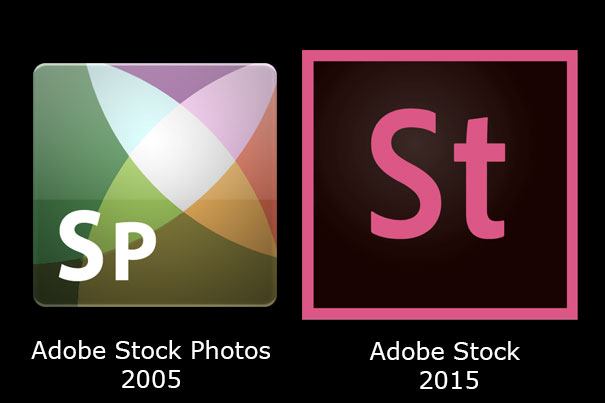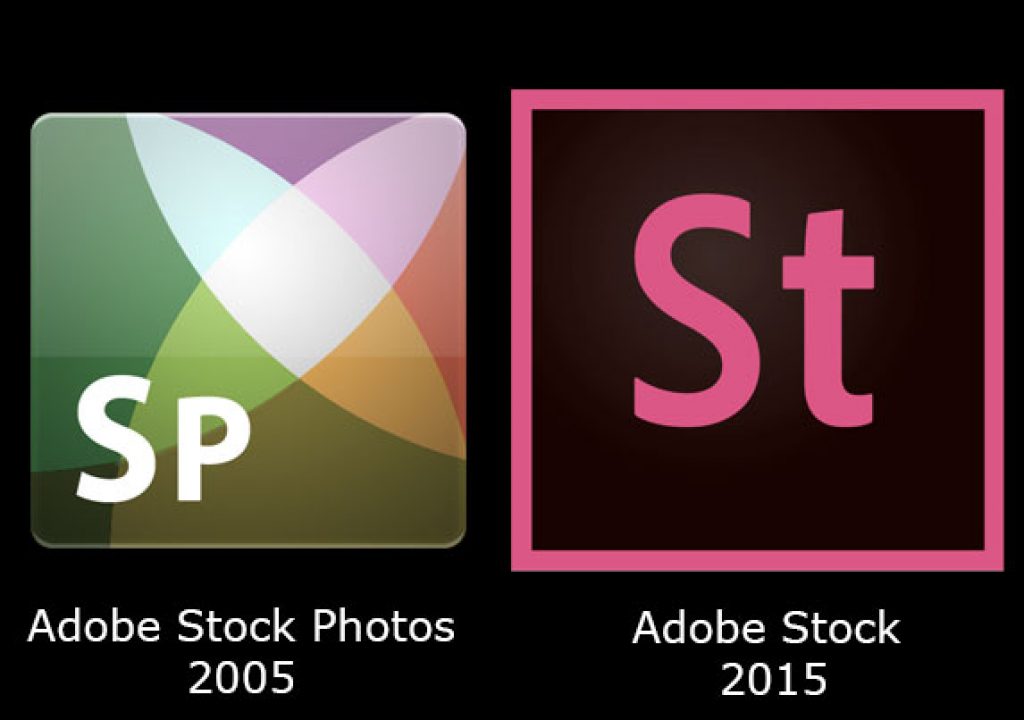
Adobe released today the already announced updates to its Creative Cloud, but had a surprise up its sleeve: the launch – should we write relaunch? -, of the Adobe Stock, presented as the industry’s first stock content service to be integrated directly into the content creation process and the tools creatives use every day.
Yes, it is true that this Adobe Stock, about which you can read in a news article published here at PVC, is different from the original Adobe Stock Photos, but this should not come as a complete surprise to anyone familiar with Photoshop. In fact, Adobe is simply going back to an idea from a decade ago.
Those old enough to have used the software from the company in 2005 will remember that Adobe Stock Photos was a feature in Adobe Bridge launched that year. At the time the access point in Bridge provided users with a way to preview, try out and purchase royalty-free images from a number of major stock-photo houses. At the time Adobe wrote that “what makes Adobe Stock Photos special is the way it works so seamlessly within your Adobe Creative Suite applications.” Exactly the same mantra they are using now with CC…
In 2005 Adobe felt the need to explain to users what Adobe Stock Photos was. And there was a complete FAQ where users would discover that “Adobe Stock Photos is a new service introduced with Adobe Creative Suite 2 software. Offering one-stop shopping from within your favorite Adobe applications, Adobe Stock Photos is an efficient and convenient way for creative professionals to search, try, manage, and buy high-quality, royalty-free stock images. Adobe Stock Photos provides access to over 230,000 photos and illustrations from some of the world’s leading stock image libraries including Photodisc by Getty Images, Comstock Images by Jupitermedia, Digital Vision, imageshop royalty free by zefaimages, and amana.”
Adobe Stock Photos was available in 14 languages and 27 countries, not very different from the actual Adobe Stock, ofered in 13 languages and 36 countries. Prices were different, though. On the new Adobe Stock, pricing for Creative Cloud individual and team customers is $9.99 for a single image; $29.99 per month for 10 images monthly (with rollover of unused images); and $199 per month for 750 images monthly. Separate pricing is available for Adobe Stock customers who are not Creative Cloud members.
It’s interesting to read through the FAQ, because it reflects changes verified in the last 10 years. At the time users were warned that “in order to use this service you must have a broadband Internet connection. The service is not available from a dial-up connection.” And the price for images was based “on file size (physical resolution), not on how you are using the file.”
The process was not very different from what it is today:
- Search and browse for images within Adobe Bridge.
- When you find images you want to try, download free, low-resolution JPEG versions of the images. You can rename or open the images for modification in Photoshop.
- Place your comps in a layout in InDesign or Illustrator.
- Print proofs with the low-res comps to use to get approvals from your client.
- If your client approves an image, select the image in your CS2 application and choose to purchase it.
- Switch to Adobe Bridge automatically, and the image is added to your shopping cart.
- Complete the purchase of the high-resolution file, and download it.
- Relink the high-resolution file in your layout.
Now more than ever, Adobe seems to be in a position to challenge the market, with the full integration of their apps and a stock image solution they control. With an estimated 85 percent of creatives who buy stock content using Adobe tools, and more than 90 percent of stock content sellers using Adobe software in the preparation of their photos and images, Adobe may shake up the $3 billion global stock image market.
The adventure of Adobe Stock Photos ended in 2008, when Adobe removed the option from their Creative Suite 4 (CS4) released in October that year. But now they’re back, and to guarantee that they would not start the Adobe Stock barehanded, Adobe bought stock content provider Fotolia, earlier this year. Now, under the Adobe Stock brand, they offer a curated collection of 40 million-and-growing high-quality images, which is deeply integrated into the latest releases of Photoshop CC, InDesign CC, Illustrator CC, Premiere Pro CC and After Effects CC.
Adobe says that this new service, available through Adobe Creative Cloud, radically simplifies buying and using stock content, including photos, illustrations and graphics. Their competitors, companies like Getty or Shutterstock, may find this integration, which, in theory, gives Adobe the edge in the global stock image market not a good sign for the future, but only time will tell. It all depends, too, on the interest of artists in placing their work under Adobe Stock.

